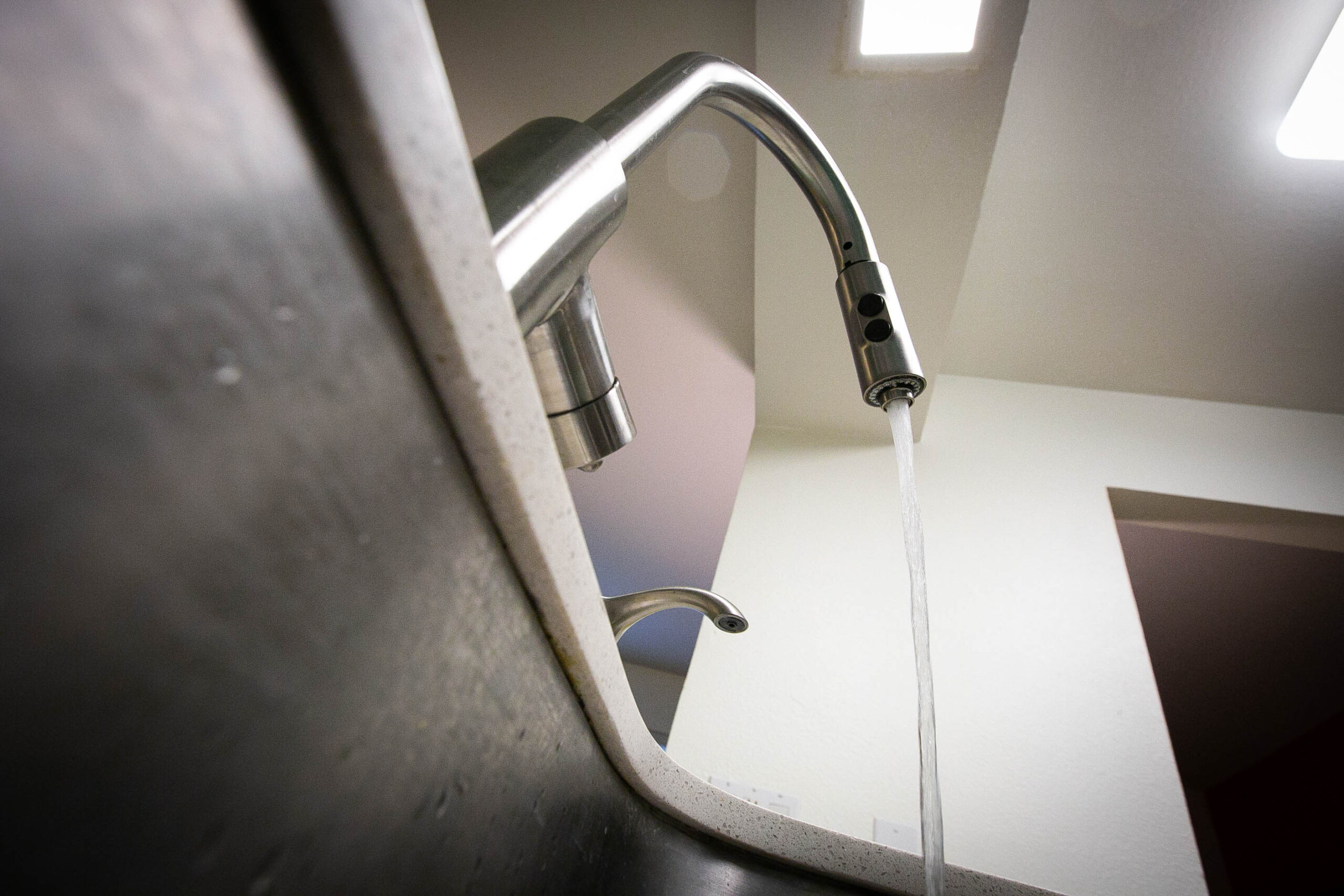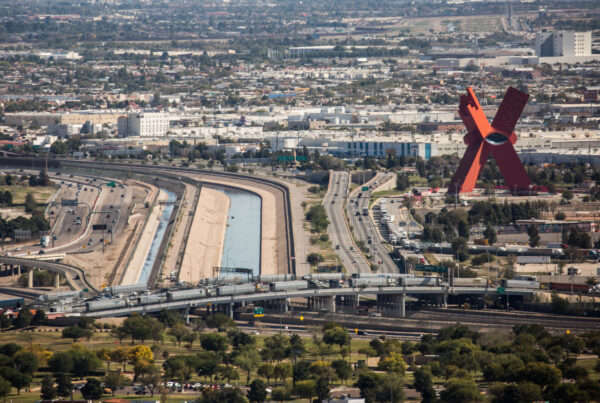During the last legislative session in 2023, lawmakers created a new fund to jump-start water supply projects and fix aging water infrastructure across the state.
The law focused on funding a handful of ideas, including marine and brackish water desalination plants and acquiring water from other states. Despite these efforts, water remains a concern for many across the Lone Star State: Current conditions show much of the state is experiencing some level of drought, with the most extreme in far West Texas, near El Paso.
So what do advocates in the water space hope happens at this upcoming legislative session?
Jeremy Mazur, the director of infrastructure and natural resources policy for Texas 2036, said his main goal has to do with funding. Texas 2036 – a significant number because it marks 200 years since Texas became its own Republic – is a nonpartisan, nonprofit policy think tank.
“Water is one of the core components of the Texas economic miracle,” he said. “If we want to see the continued economic growth and development that we have seen in the decades leading up to now, we need three things to happen.
“First, we need a dependable electric grid. Second, we need a qualified workforce. And third, and also equally as critically, we need a reliable water infrastructure to serve the communities that are growing across our state.”
Mazur said he expects 2025 to be another big session for water policy, following what he called a “very successful water session” in 2023, for a number of reasons.
“First, the issue of drought just hasn’t gone away,” he said. “And our continued population and economic growth, combined with our susceptibility to drought, makes expanding our water supply portfolio all the more important.
“Second, we have to look at the issue of aging, deteriorating drinking water and wastewater systems. We see this in the form of boil water notices, system failures, line leaks. These aging systems are becoming liabilities to the communities that they serve, and they need to be fixed.”
Mazur said the main roadblock is the significant cost of fixing these kind of infrastructure issues.
“When we looked at the numbers at Texas 2036, we saw that the state of Texas will have to invest $154 billion in the coming decades towards addressing our water infrastructure challenges,” he said. “The $1 billion that the Legislature and voters approved last year is literally just a drop in the bucket. And so I think part of the reason why we’re not seeing aggressive progress yet is that the state’s financial strategy is not yet aligned to the magnitude of the financial need that we have in the long term.”
Mazur said that historically, water has been given on-and-off funding, and there have often been other priorities including school finance, property tax relief and electric grid reliability.
“There’s been these other investments that the Legislature has pursued while also sending some money to water,” he said. “The other thing is that water infrastructure is often underground and out of sight. These issues don’t really blow up until you have a severe drought that lowers your water supplies. Or as you said, if we have another boil water notice.
“But what we’ve been doing over the past year is drawing the direct link between reliable water infrastructure and the continuation of the state’s economic success.”
» MORE: Orphan well, carbon capture regulations top energy reform group’s legislative wish list
Texas has always been a drought-prone state, Mazur said. And with a growing population, pressure is mounting on our water systems to deliver for more people.
“The solution that we need here involves building a broad, diversified water supply portfolio,” he said. “This includes some of your traditional water supply strategies, like making new reservoirs or digging more wells.
“But we need to really lean into innovation. What I’m talking about here is more water recycling, water reuse, improved water conservation, and even desalinating seawater. That’s the strategy we need to make our state more resilient to future droughts.”
All those improvements, though, require funding.
“We need to get our financial strategy straight and right for the long term,” Mazur said. “And what we’ve been advocating for from Texas 2036, along with other state industrial and business and community leaders, is for the Legislature to approve a long-term, dedicated funding stream for this Texas Water Fund so that we have that consistent funding and revenue stream needed to build the water supply projects and fix the systems that need fixing.”














